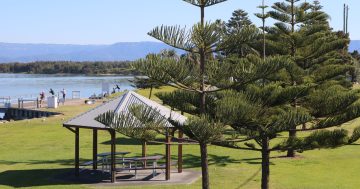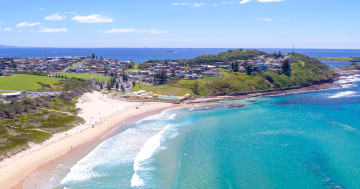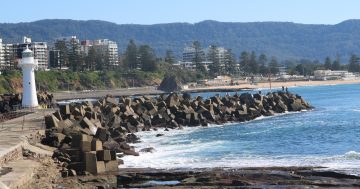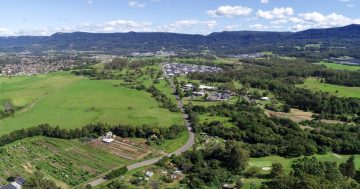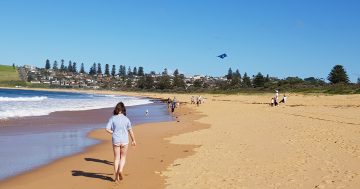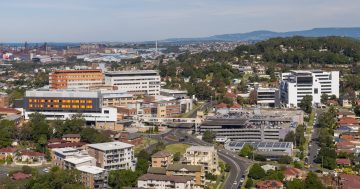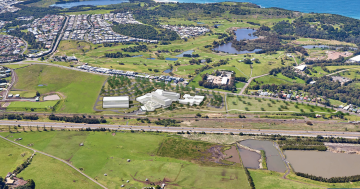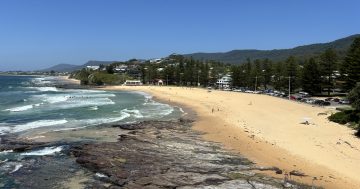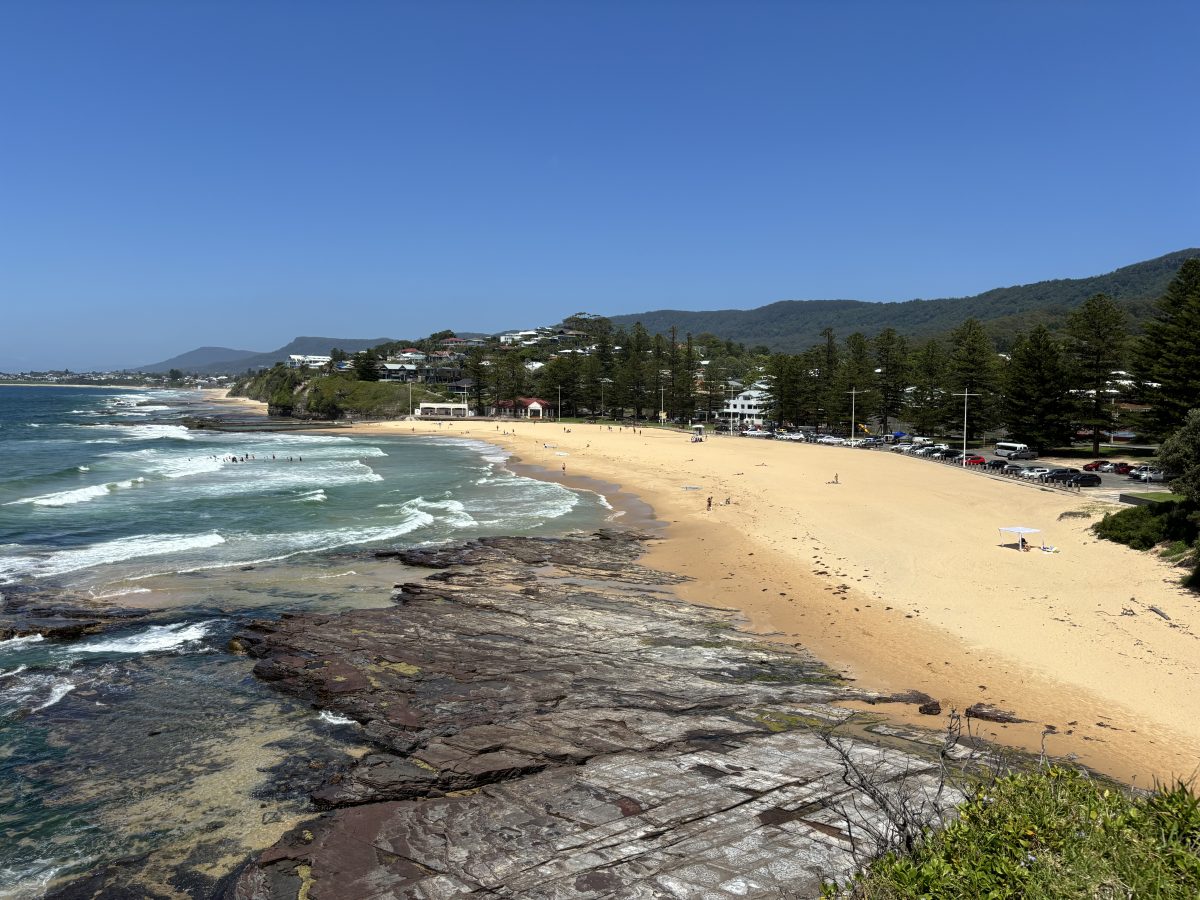
As the busy spring season approaches, sellers will need strong marketing campaigns to set themselves apart as growth in competition and demand fall out of step. Photo: Region.
The Illawarra has followed suit as CoreLogic’s home value index showed cooling growth across Australian housing values through winter, and one suburb has even taken a dip in the past 12 months.
Rolling quarterly data shows growth across the region was at 1.5 per cent last quarter but dwindled to 0.8 per cent this quarter, indicating the market was still growing overall but at a slower pace.
Yet the northern suburb of Austinmer was identified as the only suburb in the whole Illawarra region where values actually fell over the past 12 months, according to CoreLogic executive research director Tim Lawless.
He said as the region’s most expensive suburb, it wasn’t all that surprising given the current economic climate and market conditions.
“Affordability restraints are evident. There’s higher interest rates, less borrowing capacity and less demand as we see the regional migrations trend almost normalise,” he said.
As the market approaches its busiest period, spring sellers are cautioned to be aware of local market conditions.
Mr Lawless advised getting familiar with the number of properties currently on the market, the amount of time properties were taking to sell, auction clearance rates and price movements, before listing.
“As we move into warmer months anyone thinking of selling will probably face stiffer competition with more properties coming to market. That’s pretty typical seasonally, but what’s less seasonal is the demand factor. We probably won’t see a rise in purchasing activity commensurate with the seasonal uplift in listings,” he said.
“With that in mind, sellers will need to be realistic about asking prices, and ensure they have high-quality marketing campaigns in place to make sure they stand out from the competition.”

CoreLogic executive research director Tim Lawless said the good news was buyers might expect more choice, less urgency and perhaps more space to negotiate as the busy season kicked in. Photo: CoreLogic.
For buyers, it’s great news, if somewhat tempered by the realities of affordability overall.
Based on the standard definition of affordability where mortgage repayments equal 30 per cent of one’s income, and assuming a 20 per cent deposit and the average owner-occupier mortgage rate of 6.28 per cent, an “affordable” purchase price for a household earning $100,000 per year would be $506,000.
The median house price in Wollongong is $1.2 million and the median unit price is $774,000.
This is despite regional NSW still being 3 per cent behind its peak housing values in May 2022, when it reached a 49 per cent growth.
“That peak was incredible. The fact that values are still 3 per cent down on that peak isn’t all that remarkable, especially when you look at these median prices,” Mr Lawless said.
“For those with good track records of savings or equity accrual it might not be as challenging, but if you’re a first home buyer you’ll probably still be looking further afield, or at buying a unit instead of a house.
“There will be more choice for buyers and maybe less urgency, however, and if we continue to see price pressure reduce or even flatten, that should help give buyers more ability to negotiate.”
Aside from affordability, a number of factors have impacted demand. Net overseas migration has dropped, with ABS data showing a decline from 165,000 in the March quarter of 2023 to 107,000 in December quarter, and overseas arrivals data suggesting a fall in international student arrivals.
This is ahead of the Federal Government’s announcement that it would cap international students in Australia at 270,000 in 2025.
Though overseas migration impacts rental demand more heavily than purchasing, Mr Lawless said it stood to reason this might have an impact on investor confidence.
“Investors tend to look more at capital gains when deciding when and where to purchase, but rental growth and yields are also important. If there are fewer renters and rents aren’t rising as quickly, it could disincentivise investors from coming into the market,” he said.
Tax cuts and energy rebates are improving household finances but may not translate to a boost in home buying.









